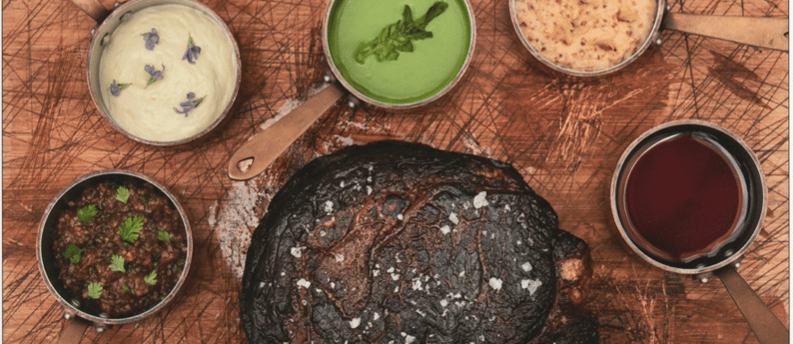Baker's Percentage
Blog post description.
COOKING BEST PRACTICES
10/14/20232 min read


Frequently, you'll need to adjust the size of a recipe, either increasing or decreasing it. This can be achieved by either multiplying the ingredient quantities by a specified factor or performing some division to determine the ingredient ratios.
One effective method for making a recipe more adaptable for scaling is known as baker's percentage. This method is widely employed in pastry and baking literature. In a baker's percentage-based recipe, a single reference ingredient, typically the one with the most significant impact on the recipe's yield or cost, is designated as 100%. All other ingredients are then expressed as a percentage of the weight of the reference ingredient.
For instance, consider the Sous Vide Instant Hollandaise recipe, inspired by Daniel Humm, with egg yolks as the reference ingredient set at 100% and requiring 75 grams of yolks. It also calls for vinegar at 47%, meaning 47% of the weight of the egg yolks, not 47% of the total yield or the sum of all ingredients. If you have 75 grams of egg yolks, you'd need 35 grams of vinegar because 75 grams multiplied by 47% equals 35. However, if you only have 65 grams of egg yolks, the calculation is straightforward. Just multiply the same 47% for vinegar by the actual weight of the available egg yolks (65 grams), resulting in 30.5 grams of vinegar.
It's important to note that the percentages of the minor ingredients won't add up to 100% because the scaling percentages are based on the weight of the reference ingredient, not the total weight of all the recipe's ingredients.
One challenge when using baker's percentages arises when you want to omit or add ingredients or substitute multiple ingredients with different quantities. This situation is particularly common in recipes involving small amounts of potent thickeners or gelling agents, as well as with common ingredients like salt. For example, in the hollandaise recipe, if you decide to use a more flavorful wine and stock, you may need to adjust the quantity of egg yolks to maintain the desired texture.
In the example mentioned earlier, we added the weights of the wine-shallot-vinegar reduction, the stock or water, and the butter, totaling about 268 grams. The weight of the eggs, at 75 grams, accounts for 28% of the 268 grams. Therefore, we include this 28% as a special scaling percentage.
So, if, in your adjustments, you end up with 300 grams of reduction, stock, and butter instead of the 268 grams from our recipe, you can easily determine the amount of egg yolk to use by simply multiplying 300 grams by 28%, resulting in 84 grams of yolk to achieve a texture similar to the original version.
